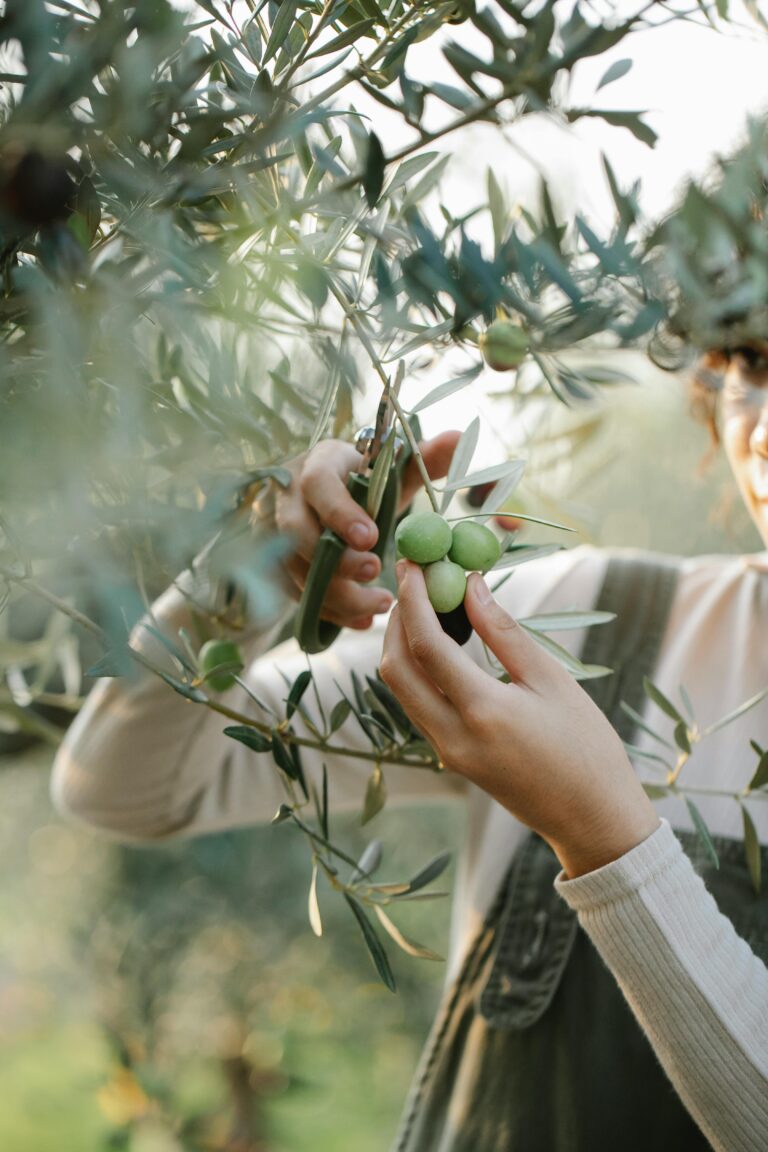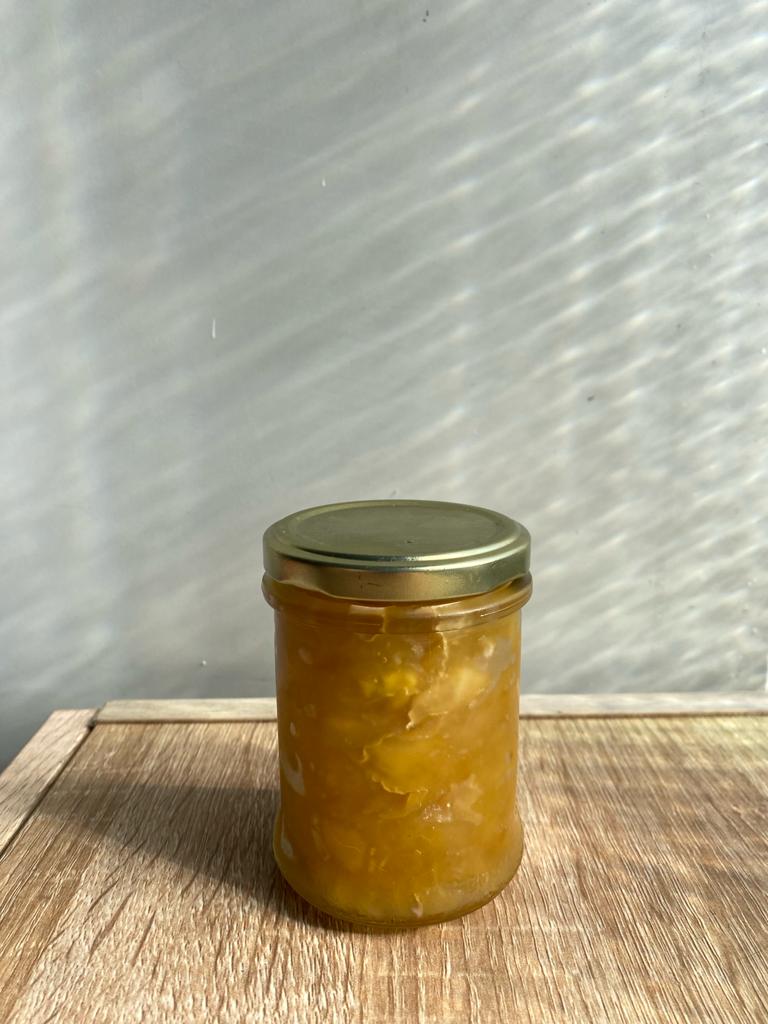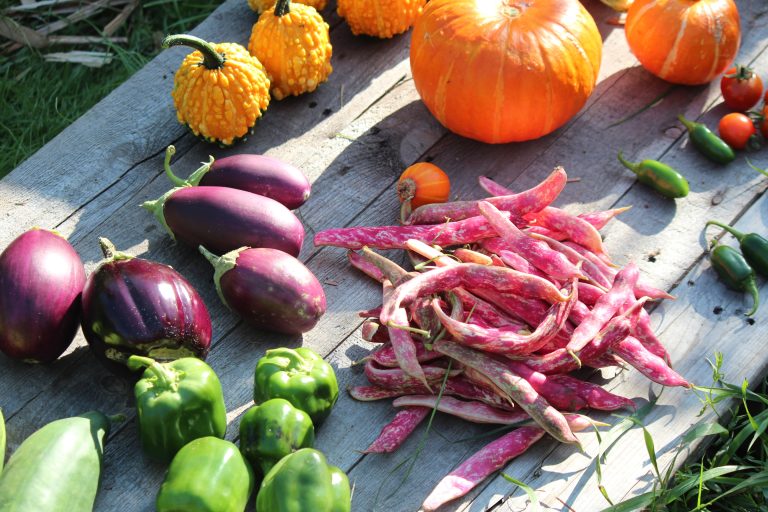Mapping Out Your Year: A Guide to Crop Rotation
As we embark on a new year, it is the perfect time to plan and map out your crop rotation for the upcoming season. Crop rotation is a fundamental practice in sustainable agriculture that involves planting different crops in the same area in sequential seasons. This not only helps to maintain soil health and fertility but also minimizes pest and disease pressure. In this guide, we will explore the principles of regenerative farming and permaculture as they relate to crop rotation, as well as provide a step-by-step approach to designing a successful crop rotation plan for your farm or garden.
Understanding the Basics of Crop Rotation
At its core, crop rotation is an age-old agricultural practice, vital for nurturing a diverse and sustainable ecosystem within our farms and gardens. This technique revolves around alternating the species or families of crops grown on a particular piece of land through different seasons or years. The fundamental goal here is to utilize the natural advantages of each crop to foster a healthier environment, ultimately leading to enhanced soil quality and increased productivity.
Diverse crops have varying demands and impacts on the soil. For instance, certain crops might deplete specific nutrients more than others. By rotating them, we ensure that the soil isn’t continuously drained of the same nutrients. This strategy is crucial for maintaining the soil’s balance and avoiding the depletion of essential minerals. Furthermore, different crops possess distinct root systems, varying in depth and structure. This variety in root architecture plays a significant role in aerating the soil and facilitating the breakdown of organic materials, which in turn enriches the soil’s texture and fertility.
Another significant aspect of crop rotation is its ability to interrupt the lifecycle of pests and diseases. Many pests and pathogens are crop-specific, thriving under the conditions provided by certain plants. When the expected host crop is replaced by another, the pests and pathogens lose their primary source of sustenance, thereby reducing their presence and impact.
By practicing crop rotation, we embrace an approach that respects and mimics the natural diversity of ecosystems. This not only aids in producing a bountiful harvest but also upholds the principles of sustainability and environmental stewardship. Through understanding and implementing these basic concepts, farmers and gardeners can significantly contribute to a regenerative agricultural system that supports the health of our planet.
The Principles of Regenerative Farming and Permaculture
Regenerative farming and permaculture stand on the forefront of agricultural innovation, advocating for practices that replenish and revitalize the earth’s ecosystems. Central to these approaches is the concept of creating self-sustaining systems that function in harmony with the natural environment. A fundamental principle of regenerative farming is to enhance soil health through organic means, increasing its organic matter and microbial diversity. This is achieved by adopting practices such as minimal tillage, composting, and the use of natural fertilizers, which together encourage a robust, living soil foundation.
Permaculture, with its roots deeply embedded in the ethics of care for the earth, care for people, and fair share, extends beyond agriculture, encompassing energy, housing, and community design principles. However, within the agricultural sphere, it emphasizes the design of perennial polycultures that mimic natural ecosystems. These systems are designed to be diverse and resilient, reducing the need for external inputs and increasing the efficiency of water and nutrient use.
Both regenerative farming and permaculture prioritize biodiversity, not only as a means to enhance the land’s resilience to pests and diseases but also to support a wide range of beneficial organisms. This diversity ensures a more resilient agricultural ecosystem capable of adapting to changes and stresses over time. By focusing on perennial crops and integrating animals into the farm system, these practices close nutrient loops, making the system more sustainable and reducing waste.
In essence, these principles encourage farmers to view their land as a living organism, where every element works together to create a balanced and self-sustaining ecosystem. Through thoughtful observation and intentional design, farmers can harness the natural synergies between plants, animals, and the environment, leading to productive landscapes that nourish both the earth and its inhabitants.
Assessing Your Soil and Environment
The initial step in tailoring a crop rotation plan that truly resonates with the unique characteristics of your land involves a thorough assessment of your soil and environmental conditions. Undertaking soil tests emerges as a critical task, revealing vital data on the levels of nutrients, the soil’s pH balance, and its textural composition. Such insights enable you to discern the soil amendments or adjustments necessary to foster an optimal growing environment. In addition to soil composition, it’s imperative to observe the broader environmental factors that could influence your agricultural efforts. Sunlight exposure is paramount; knowing how much sun your plots receive can guide you in selecting crops that are perfectly suited to your farm’s microclimate. Water availability, too, is a key consideration, impacting not only what you plant but how you manage irrigation. Equally important is identifying potential sources of pest and disease pressure that could threaten your crops. This holistic understanding of both soil and environmental attributes provides a solid foundation upon which you can construct a crop rotation plan. It enables you to make informed decisions, selecting crops and practices that align with the land’s natural tendencies and limitations. This thoughtful approach ensures that your efforts in regenerative farming and permaculture are both effective and sustainable, creating a harmonious balance between agricultural productivity and environmental stewardship.
Designing Your Crop Rotation Plan
Crafting a thoughtful crop rotation plan requires careful consideration of several key elements to optimize soil health and crop productivity. Begin by categorizing crops based on their families, as this will prevent the recurrence of pest and disease issues associated with specific plant groups. Map out planting and harvesting dates, taking into account the growth cycle of each crop to ensure a continuous, productive use of space throughout the growing season. Factor in the nutrient requirements and contributions of each plant type to maintain a balanced soil composition. For instance, following heavy feeders like corn with nitrogen-fixing legumes such as beans or peas can replenish soil nutrients naturally.
Succession planting is another strategy to enhance your rotation plan. This involves planting a new crop immediately after harvesting the previous one, which maximizes garden space efficiency and increases yield. Incorporating cover crops is also critical; they play a vital role in protecting and enhancing soil between cash crop plantings. Choose cover crops that align with your soil improvement goals, whether that’s fixing nitrogen, improving soil structure, or adding organic matter.
Remember, the design of your crop rotation plan is not static. It should evolve based on observations of crop performance, soil health changes, and environmental conditions. This dynamic approach allows for adjustments and refinements over time, ensuring that your farming practices remain in harmony with the natural ecosystem and continue to promote regenerative agriculture principles.
Selecting Crops for Rotation
When embarking on the selection of crops for your rotation plan, aim for a wide array of species that contribute uniquely to the ecosystem of your farm or garden. Incorporating a variety of plants ensures each plays a role in enhancing soil structure, fertility, and overall garden health. Look to integrate leguminous plants such as beans and peas, which are renowned for their nitrogen-fixing capabilities, enriching the soil for the subsequent crops. Equally important are deep-rooted vegetables like carrots and radishes, which penetrate compact soil layers, improving aeration and drainage. Leafy greens, with their quick turnover and dense foliage, contribute significantly to the organic matter content of the soil, while also acting as attractants for beneficial insect populations.
In planning your crop rotation, also consider the growth habits and lifecycle of each plant. Annuals and perennials serve different functions within the rotation, with perennials providing stability and structure to the system, and annuals offering flexibility and the opportunity to introduce diversity into the system each year. Additionally, factor in the temporal aspect of crop rotation by aligning plant selections with seasonal changes and growth patterns. This ensures that each crop receives the conditions it needs for optimal growth, while also maintaining a natural balance within the ecosystem. Through thoughtful selection and strategic placement of crops, your rotation plan will not only support the health of your soil but will also create a vibrant and dynamic garden environment.
Incorporating Cover Crops into Your Rotation
In the rhythm of regenerative farming and permaculture, cover crops play a harmonious role, weaving a tapestry of benefits that enrich the soil and enhance the ecological balance of your garden or farm. These unsung heroes of the agricultural world work tirelessly to protect the earth from erosion and compaction, ensuring that the soil remains loose and aerated. Their presence is instrumental in maintaining an active biological ecosystem even during off-season periods, keeping the soil life vibrant and productive.
Opting for a mix of legumes and grasses in your cover crop strategy can offer the best of both worlds. Legumes, with their nitrogen-fixing abilities, act as natural fertilizers, infusing the soil with vital nutrients for the upcoming crops. Grasses, on the other hand, are excellent at adding organic matter and improving soil structure, which are crucial for water retention and aeration. The strategic use of cover crops such as clover, vetch, rye, and oats not only replenishes the soil but also sets the stage for the next planting season by creating optimal conditions for seed germination and growth.
Moreover, integrating cover crops into your rotation plan is a proactive approach to weed management. These plants can outcompete weeds for resources, reducing their proliferation and saving time and labor in manual weed control efforts. This natural suppression of weeds further exemplifies the principles of permaculture and regenerative farming, where each element of the system supports another, promoting a healthy, sustainable agricultural practice. By incorporating cover crops into your rotation, you are taking a significant step towards a more resilient and productive farm or garden ecosystem.
Managing Pests and Diseases with Crop Rotation
Integrating crop rotation into your agricultural strategy plays a pivotal role in the natural management of pests and diseases. By diversifying the types of crops planted in a sequence, the habitat for crop-specific pests and diseases is constantly altered, significantly reducing their ability to establish and proliferate. This technique hinges on the knowledge that many pests and pathogens are host-specific, thriving only in conditions suited to their preferred crops. Shifting away from monoculture planting and towards a rotational system disrupts these pests’ life cycles, making it more challenging for them to survive and reproduce. Additionally, rotating crops contributes to a balanced ecosystem that encourages the presence of beneficial predators and microbes. These natural allies help to keep pest populations in check and diseases at bay, minimizing the need for chemical interventions. By carefully planning crop rotations, you can leverage the inherent strengths of different plant types to maintain healthy, productive soil while significantly diminishing the impact of pests and diseases on your agricultural endeavors.
Measuring the Success of Your Crop Rotation
Evaluating the efficacy of your crop rotation involves a careful examination of various performance metrics. Key among these are crop yield trends, soil health data, and observations of pest and disease prevalence. A successful rotation strategy should show a consistent or improved yield over time, indicating that soil fertility is being maintained or enhanced. Pay attention to the physical and chemical properties of your soil, such as moisture retention, nutrient levels, and organic matter content. These factors should improve or remain stable, demonstrating the soil’s increasing resilience and health. Note any shifts in pest and disease patterns; a decrease in their activity often signals a thriving, balanced ecosystem. Additionally, monitor the diversity and vigor of both cultivated and wild species within your agricultural system, as these can be indicators of a successful integration of regenerative practices. Adjustments to your rotation plan should be data-driven, leveraging insights gained from ongoing observations to refine your approach for greater sustainability and productivity.






